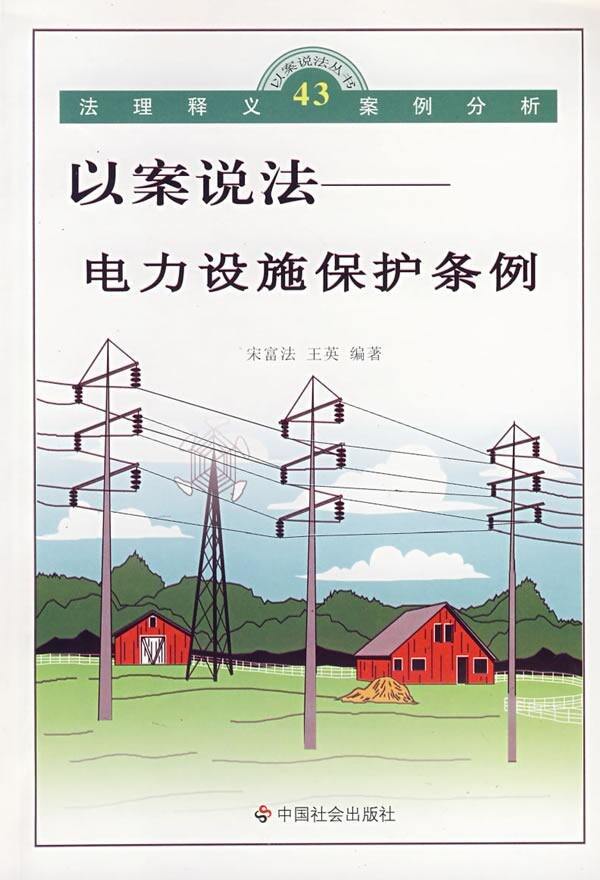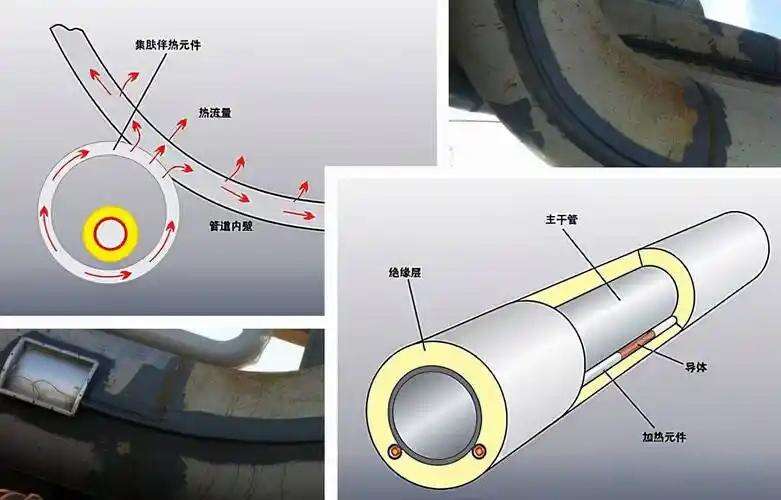Regulations for electrical cables are established to ensure safety, reliability, and standardization across various applications. These regulations cover multiple aspects, including cable design, manufacturing, installation, and maintenance. For instance, safety regulations mandate the use of flame - retardant or fire - resistant materials in cables used in public buildings and residential areas to prevent the spread of fire and protect lives and property. Electrical performance regulations specify parameters such as voltage ratings, current - carrying capacities, and insulation resistance to ensure that cables can handle the intended electrical loads without overheating or failure. Installation regulations govern proper cable routing, grounding, and connection methods to prevent electrical shocks and interference. In different regions, regulatory bodies may have specific requirements; for example, some countries require cables to meet certain environmental standards, such as being halogen - free to reduce toxic emissions during combustion. Additionally, international standards organizations play a crucial role in setting globally recognized benchmarks for electrical cables, enabling manufacturers to produce products that can be used across different markets while maintaining consistent quality and safety levels. Adhering to these regulations is not only a legal requirement but also essential for ensuring the integrity and functionality of electrical systems that rely on cables.


